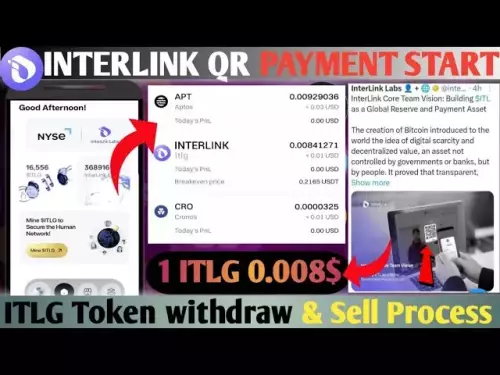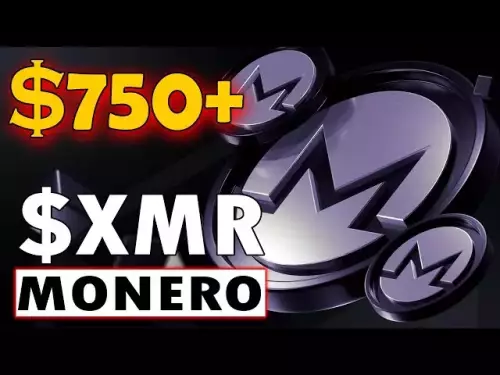-
 bitcoin
bitcoin $107208.295278 USD
-1.54% -
 ethereum
ethereum $3874.629914 USD
-1.38% -
 tether
tether $1.000440 USD
0.03% -
 bnb
bnb $1089.465513 USD
-5.53% -
 xrp
xrp $2.327672 USD
-1.65% -
 solana
solana $184.766505 USD
-0.73% -
 usd-coin
usd-coin $1.000076 USD
0.02% -
 tron
tron $0.310632 USD
-1.99% -
 dogecoin
dogecoin $0.187615 USD
-1.60% -
 cardano
cardano $0.633389 USD
-2.75% -
 ethena-usde
ethena-usde $0.999553 USD
0.03% -
 hyperliquid
hyperliquid $35.608231 USD
-4.13% -
 chainlink
chainlink $16.876114 USD
-3.98% -
 stellar
stellar $0.312239 USD
-0.91% -
 bitcoin-cash
bitcoin-cash $473.262969 USD
-7.09%
How does the WMA compare to the Hull Moving Average (HMA)?
The HMA reduces lag and stays close to price, making it ideal for crypto traders seeking early trend signals with fewer false alarms during volatile swings.
Oct 15, 2025 at 01:36 pm
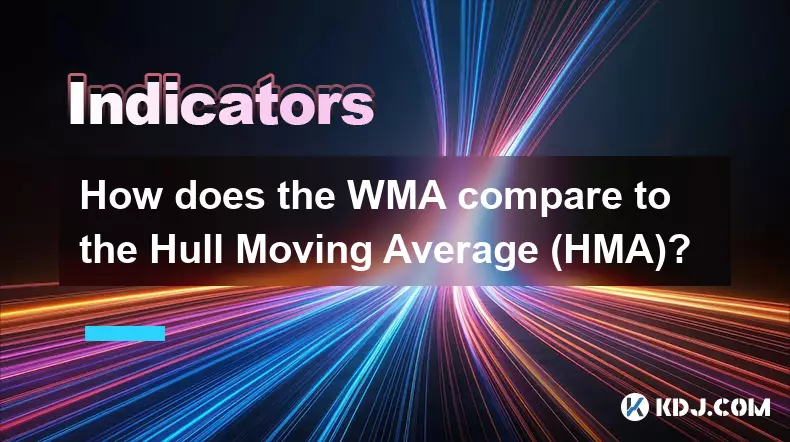
Understanding the Weighted Moving Average (WMA)
1. The Weighted Moving Average assigns greater importance to recent price data, making it more responsive to new information compared to simple moving averages. This sensitivity allows traders to detect trend changes earlier, which is particularly useful in fast-moving cryptocurrency markets.
2. Each data point in the WMA is multiplied by a weight factor that decreases linearly over the lookback period. For example, in a 5-period WMA, the most recent price is multiplied by 5, the previous by 4, and so on, with the sum normalized by the total of the weights.
3. Because of its emphasis on recent prices, the WMA tends to hug price action more closely than traditional moving averages. This can reduce lag but may also increase the number of false signals during periods of consolidation or sideways movement.
4. Traders often use the WMA to identify dynamic support and resistance levels or to confirm momentum shifts when combined with volume analysis. In trending markets, price holding above a rising WMA can signal bullish strength.
Exploring the Hull Moving Average (HMA)
1. Developed by Alan Hull, the HMA aims to minimize lag while maintaining smoothness in the moving average line. It achieves this through a unique calculation involving multiple WMAs and square roots of the period length.
2. The formula computes a WMA of half the period, subtracts a longer WMA, doubles the result, and applies another WMA using the square root of the period. This complex structure reduces noise and keeps the average closely aligned with current price.
The HMA’s ability to stay close to price without excessive volatility makes it a favorite among crypto day traders seeking precision in entry and exit points.3. Unlike traditional moving averages, the HMA often produces fewer whipsaws during choppy market conditions. Its responsiveness allows for early detection of reversals, especially when used alongside candlestick patterns or RSI divergence.
4. Many algorithmic trading bots integrate the HMA into their trend-following strategies due to its balance between reactivity and reliability. On high-volatility assets like Bitcoin or meme coins, the HMA helps filter out short-term noise.
Comparative Performance in Crypto Markets
1. In strongly trending environments—such as a bull run in Ethereum—the HMA typically generates earlier buy signals than the WMA because of its reduced lag. This can lead to improved risk-reward ratios for position entries.
2. During ranging markets, the WMA may produce more frequent crossovers, leading to potential overtrading. The HMA’s smoothing effect reduces these occurrences, offering clearer indications of genuine trend resumptions.
3. Backtesting results across major cryptocurrencies show that the HMA outperforms the WMA in terms of signal accuracy over 15-minute and 1-hour timeframes. However, both indicators perform similarly on daily charts where price movements are less erratic.
When applied to altcoins with low liquidity, the WMA can be overly sensitive to sudden pumps or dumps, whereas the HMA provides a more stable reference point for assessing true momentum.4. Customization plays a key role: adjusting the period settings on both indicators can tailor them to specific trading styles. A 20-period HMA might suit scalpers, while swing traders could prefer a 50-period WMA for broader trend context.
Practical Applications and Strategy Integration
1. Combining the WMA with volume-weighted metrics enhances its effectiveness in spotting accumulation phases before breakout events. For instance, rising volume with price above a climbing WMA suggests institutional interest.
2. The HMA works well in confluence with Fibonacci retracement levels. When price retests a 61.8% level and aligns with the HMA on a 4-hour chart, it often precedes strong directional moves in assets like Solana or Avalanche.
3. Some traders overlay both indicators to create dual confirmation systems. A crossover of the WMA above the HMA may indicate strengthening momentum, especially if accompanied by increasing open interest in futures markets.
On exchanges like Binance or Bybit, using the HMA on higher timeframes (e.g., 4H or daily) helps avoid emotional decisions triggered by lower timeframe volatility.Frequently Asked Questions
What makes the HMA different from other moving averages?The HMA uses a multi-step calculation involving weighted components and square root adjustments to reduce lag significantly. This gives it an edge in tracking price more accurately than standard or exponential moving averages.
Can the WMA be used effectively in volatile crypto markets?Yes, but with caution. While the WMA reacts quickly to price changes, its sensitivity can result in misleading signals during flash crashes or FOMO-driven spikes. Pairing it with volatility bands improves reliability.
Is the HMA suitable for long-term investing in cryptocurrencies?It can serve as a trend filter. For example, holding positions only when the price remains above a 100-period HMA on the daily chart has proven effective in capturing extended uptrends in Bitcoin across multiple cycles.
Do professional crypto traders prefer HMA over WMA?Many do, especially those focused on technical precision. The HMA's design addresses core limitations of traditional moving averages, making it a preferred tool for timing entries in leveraged trading scenarios.
Disclaimer:info@kdj.com
The information provided is not trading advice. kdj.com does not assume any responsibility for any investments made based on the information provided in this article. Cryptocurrencies are highly volatile and it is highly recommended that you invest with caution after thorough research!
If you believe that the content used on this website infringes your copyright, please contact us immediately (info@kdj.com) and we will delete it promptly.
- Dave Portnoy, XRP, and the Crypto Rollercoaster: What's the Deal?
- 2025-10-19 05:05:12
- Eggman, Pepecoin, and Price Retraces: A Meme Coin Evolution?
- 2025-10-19 04:25:15
- Mandala Chain, Utility Token, and the Solana Surge: What's the Hype?
- 2025-10-19 04:45:16
- Pi Network's App Studio: Fueling Massive Growth with AI and Community
- 2025-10-19 04:45:16
- Pepe, Floki, and the Meme Coin Mania: What's the Hype?
- 2025-10-19 04:25:15
- Eggman, Memecoin Mania, and SPX6900: What's Next in Crypto?
- 2025-10-19 04:30:11
Related knowledge
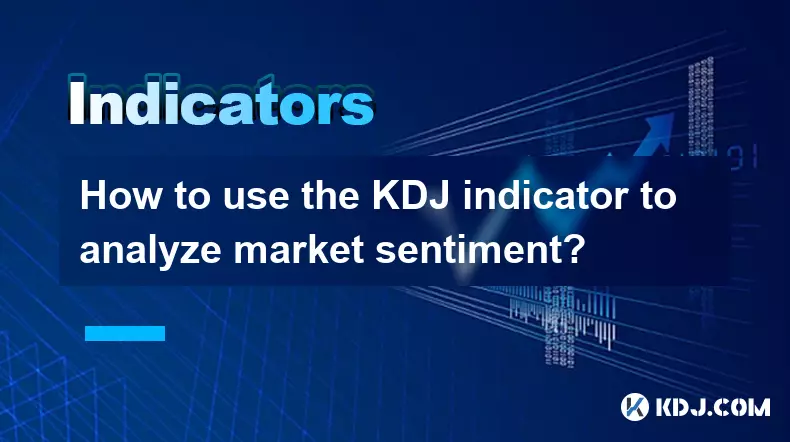
How to use the KDJ indicator to analyze market sentiment?
Oct 18,2025 at 07:18pm
Understanding the KDJ Indicator in Cryptocurrency Trading1. The KDJ indicator, also known as the Stochastic Oscillator, is a momentum-based technical ...
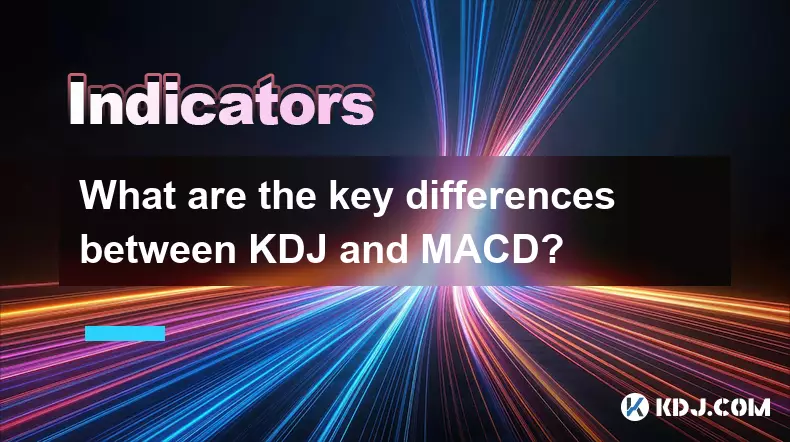
What are the key differences between KDJ and MACD?
Oct 18,2025 at 04:54am
KDJ Indicator: Core Mechanics and Usage1. The KDJ indicator is a momentum oscillator that combines the features of the Stochastic Oscillator with an a...
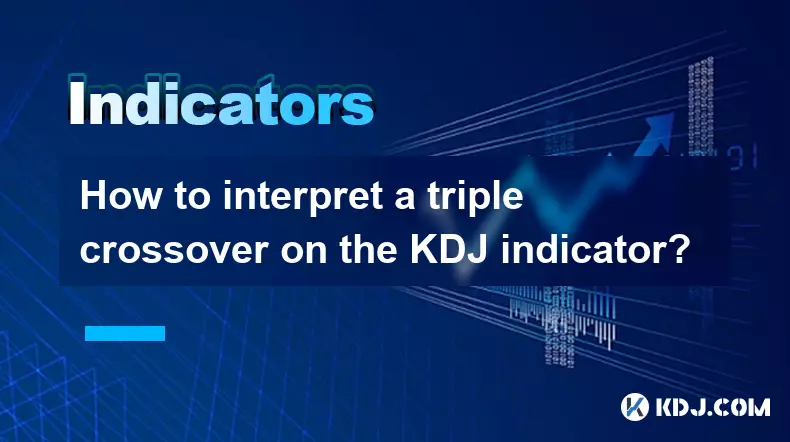
How to interpret a triple crossover on the KDJ indicator?
Oct 18,2025 at 01:54pm
Understanding the Triple Crossover in KDJ Indicator1. The KDJ indicator, a derivative of the Stochastic Oscillator, consists of three lines: K, D, and...
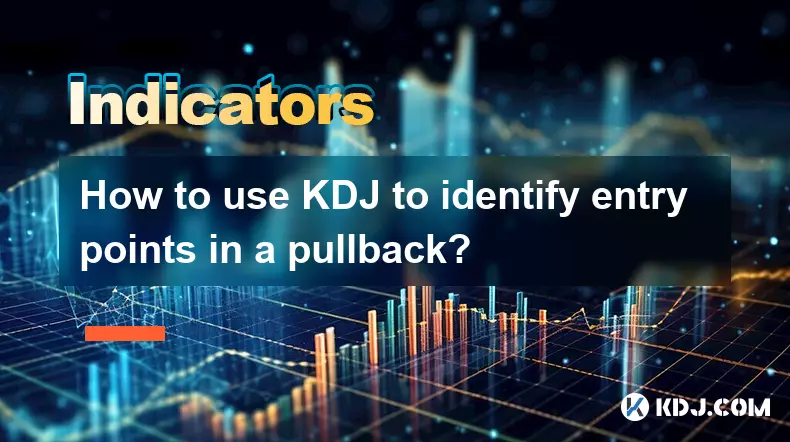
How to use KDJ to identify entry points in a pullback?
Oct 18,2025 at 09:36am
Understanding KDJ in the Context of Pullbacks1. The KDJ indicator, an extension of the stochastic oscillator, consists of three lines: %K, %D, and %J....
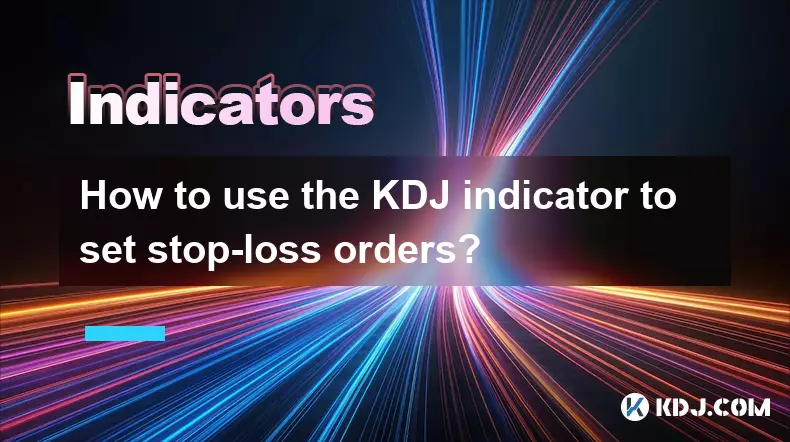
How to use the KDJ indicator to set stop-loss orders?
Oct 18,2025 at 05:18am
Understanding the KDJ Indicator in Cryptocurrency Trading1. The KDJ indicator, also known as the Stochastic Oscillator with J-line adjustment, is wide...
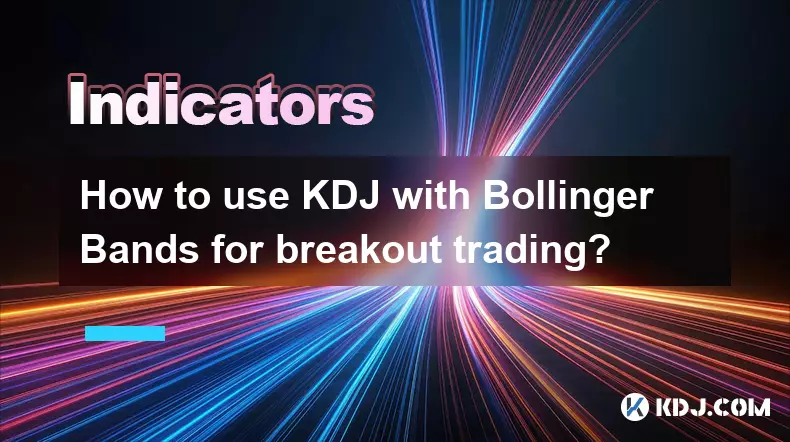
How to use KDJ with Bollinger Bands for breakout trading?
Oct 18,2025 at 09:54pm
Understanding KDJ and Bollinger Bands in Crypto Markets1. The KDJ indicator, an adaptation of the stochastic oscillator, combines %K, %D, and %J lines...

How to use the KDJ indicator to analyze market sentiment?
Oct 18,2025 at 07:18pm
Understanding the KDJ Indicator in Cryptocurrency Trading1. The KDJ indicator, also known as the Stochastic Oscillator, is a momentum-based technical ...

What are the key differences between KDJ and MACD?
Oct 18,2025 at 04:54am
KDJ Indicator: Core Mechanics and Usage1. The KDJ indicator is a momentum oscillator that combines the features of the Stochastic Oscillator with an a...

How to interpret a triple crossover on the KDJ indicator?
Oct 18,2025 at 01:54pm
Understanding the Triple Crossover in KDJ Indicator1. The KDJ indicator, a derivative of the Stochastic Oscillator, consists of three lines: K, D, and...

How to use KDJ to identify entry points in a pullback?
Oct 18,2025 at 09:36am
Understanding KDJ in the Context of Pullbacks1. The KDJ indicator, an extension of the stochastic oscillator, consists of three lines: %K, %D, and %J....

How to use the KDJ indicator to set stop-loss orders?
Oct 18,2025 at 05:18am
Understanding the KDJ Indicator in Cryptocurrency Trading1. The KDJ indicator, also known as the Stochastic Oscillator with J-line adjustment, is wide...

How to use KDJ with Bollinger Bands for breakout trading?
Oct 18,2025 at 09:54pm
Understanding KDJ and Bollinger Bands in Crypto Markets1. The KDJ indicator, an adaptation of the stochastic oscillator, combines %K, %D, and %J lines...
See all articles
























